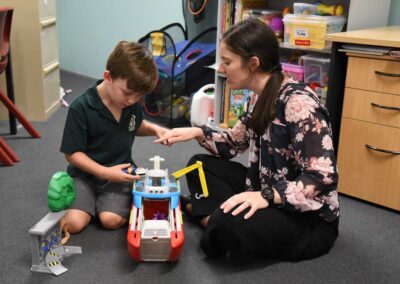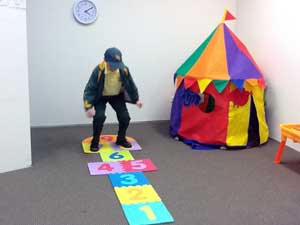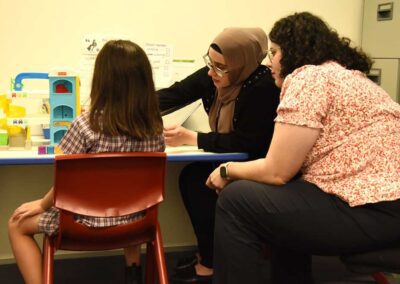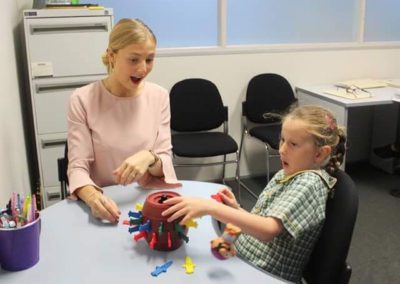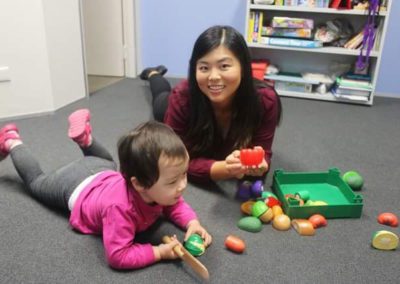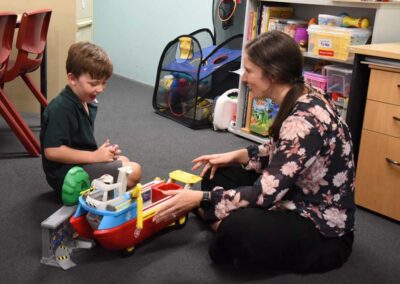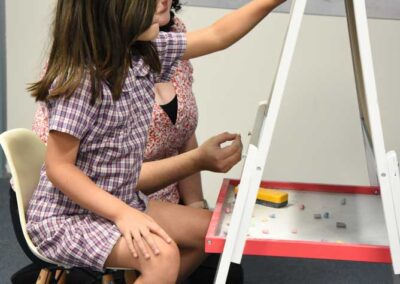Autism is a neurodevirgency that can affect individuals in various ways. It is crucial to debunk myths and misconceptions surrounding autism to foster a more inclusive, affirming, and understanding society. The aim of this post is to give insight into autism by answering commonly asked questions to spread understanding.
1. What is Autism?
Autism is not a one-size-fits-all condition, but a neurotype that encompasses a wide range of characteristics, making each individual unique. Some may need support with:
- Social interaction (e.g. sharing interests or emotions, making friends)
- Communication (e.g. understanding body language, difficulty holding conversations)
- Behaviour (e.g. strongly disliking change to routine, playing with toys in an unusual way)
- Emotional regulation (e.g. meltdowns, hand flapping or toe walking)
- Sensory differences (e.g. being oversensitive or under sensitive to sounds, touch or smells)
Recognizing that each autistic child will present differently is crucial for understanding and acceptance of autism.
2. How common is Autism?
Autism is more prevalent than many people realize. It is estimated that approximately 1 in 70 Australian children are autistic, with prevalence rates continuing to rise.
Males have a higher rate of being diagnosed with autism (4;1, or four boys to every girl). Females tend to ‘mask’ (hide, cover up) their autism by imitating others and suppressing their autistic traits, leading to later in life diagnosis or none at all. Autism prevalence rates also vary between different ethnic and cultural groups.

3. What are some early traits and characteristics I may notice?
There is no simple test, such as a blood test or scan, that can diagnose autism. Autism can only be diagnosed by observing someone’s behaviour. Early identification and intervention play a crucial role in helping autistic individuals to access supports.
Some common autistic traits include:
- Delayed speech (e.g. little or no babbling by 12 months, few words by 16 months, few two-word phrases by 24 months)
- little to no use of gesture (e.g. pointing, reaching or waving) by 12 months
- Echoing what other people say over and over again (echolalia)
- Not sharing enjoyment in something with an adult
- Repetitive behaviours
- Lining up toys, rather than playing with them
- Lack of eye contact
- Intense focus on specific interests
- Difficulty regulating emotions
- Unusual behaviours, such as flapping, rocking, spinning and waving their fingers in front of their eyes
- Becoming very upset at minor changes to their routines or surroundings
- Being a very fussy eater
- Being a very poor sleeper
Early diagnosis allows for timely interventions, enabling autistic individuals to thrive and develop their strengths and abilities.
 4. What are sensory sensitivities?
4. What are sensory sensitivities?
Many autistic individuals experience heightened (or lowered) sensitivities to sensory stimuli, such as sounds, lights, and textures. Understanding and accommodating these sensitivities can make a significant difference in creating inclusive spaces. Simple adjustments, such as providing quiet areas, giving unlimited access to fidget tools and sensory tools, or using visual schedules, can enhance the comfort and well-being of autistic people.
In conclusion, autism is a complex neurotype that requires an individualised and compassionate approach. By promoting awareness, understanding, and acceptance, we can create a society that values neurodiversity and helps autistic people thrive!

